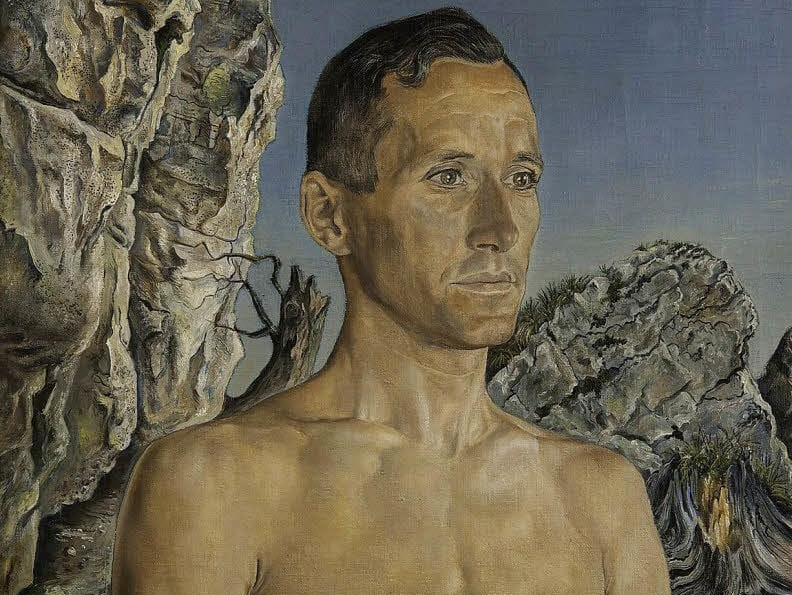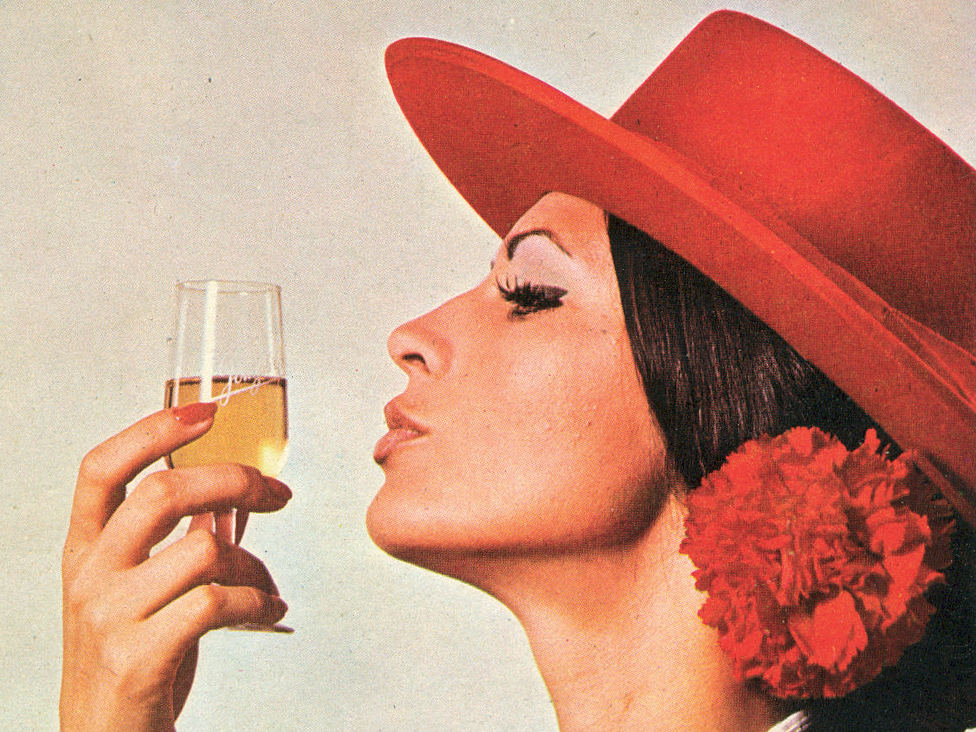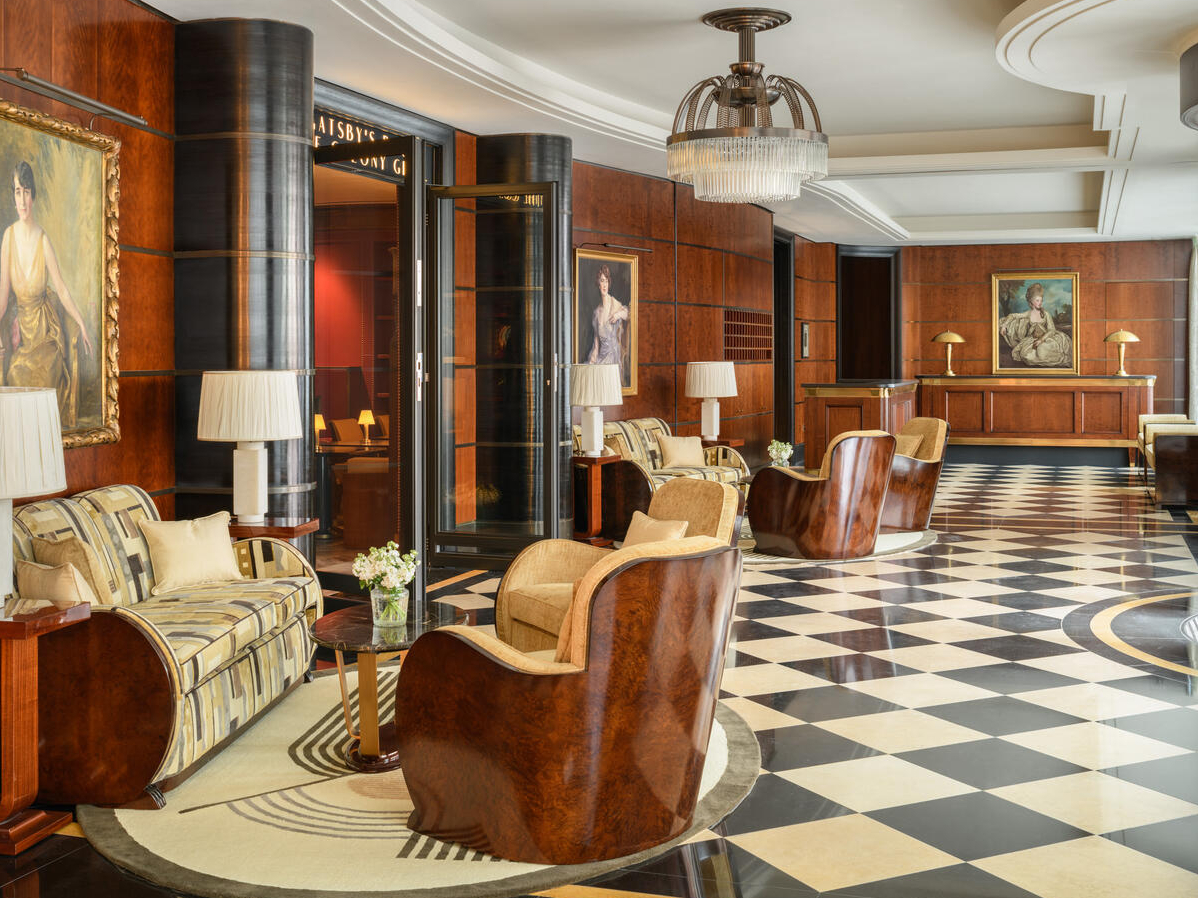If you’re planning a short trip to Venice, you’ve come to the right place. A three-night long weekend is perfect for exploring this charming city. You can fit in a lot and see many of the top attractions.
By the end of your trip, you’ll probably be ready to move on or stay forever, falling in love with the peaceful beauty of La Serenissima.
Consider revisiting Venice, even if you’ve been there more than once. Although the city may not have changed, you have. You may have developed a new attitude, perspective, and interests since your last visit, which will allow you to notice different things. Whether you’re a first-time visitor or a seasoned traveler, this guide will provide everything you need to make the most of your short stay in Venice.
“Venice itself was a theater, a theater as grand as the world could be - a theater in which all the scenes were simultaneously performed.” - Thomas Mann, Death in Venice
How to manage your time in Venice?
If you want to make the most of your long weekend in Venice, it’s important to use your time wisely. A little bit of planning can go a long way. Don’t worry, you don’t need to plan every detail, just enough to avoid time-wasting activities that will detract from your experience.
Here are a few tips to get you started. Take ten minutes to read through them and you’ll be on your way to a more enriching trip. As a first-time visitor, these tips are all you need to know. Once you get to know Venice better, you can adjust your plans to suit your taste.
One of the key tips for a short trip is to avoid time-wasting activities. It’s easy to get sidetracked by the multitude of shops and restaurants in Venice. To avoid this, plan your activities around more substantial experiences. For example, spend a morning in a museum and then take an hour to explore a specific area and visit only the most unique shops.
It’s also important to avoid crowds, rip-offs, and dreary attractions. Carefully plan how you’ll spend your time in Venice and consider what to avoid. Don’t get sucked into spending too much time on something, or your trip will quickly come to an end. By using your time wisely and planning your activities carefully, you’ll have a more enriching and fulfilling experience in Venice.
Entering Venice
Approaching Venice can be a bit disappointing, to be honest. Most of the ways into the lagoon, where Venice sits, go through some unattractive urban surroundings. You’ll likely arrive by car, coach or train through Mestre, the neighbouring town where many Venetian service workers live. Unfortunately, Mestre is not a pretty sight. It’s a stark contrast to the charm of Venice, with its modern and generic architecture, scugnizzi, and global corporations. It’s almost as if by design that you’re forced to witness all the tawdry aspects of modernity before arriving at the serene beauty of Venice.
Don’t be tempted to turn back or be prematurely disappointed. You can hop on a vaporetto (water bus) on the black line that takes you down the Grand Canal right into Saint Mark’s square. If you choose the right one, you’ll see all the stunning architecture and historic landmarks along the Grand Canal, making it an impressive introduction to the city. As you glide down the canal on the vaporetto, you’ll see the iconic Rialto Bridge, palaces, and churches, giving you a glimpse into the rich history of Venice. Arriving at Saint Mark’s Square will leave you energised, ready to drop your bags and start exploring the city.
If you take the vaporetti, you’ll be crammed in with day trippers and service workers. I mean, it’s okay. It is Venice after all. But spring for a water taxi if you want a more comfortable experience.
Venezia la bella
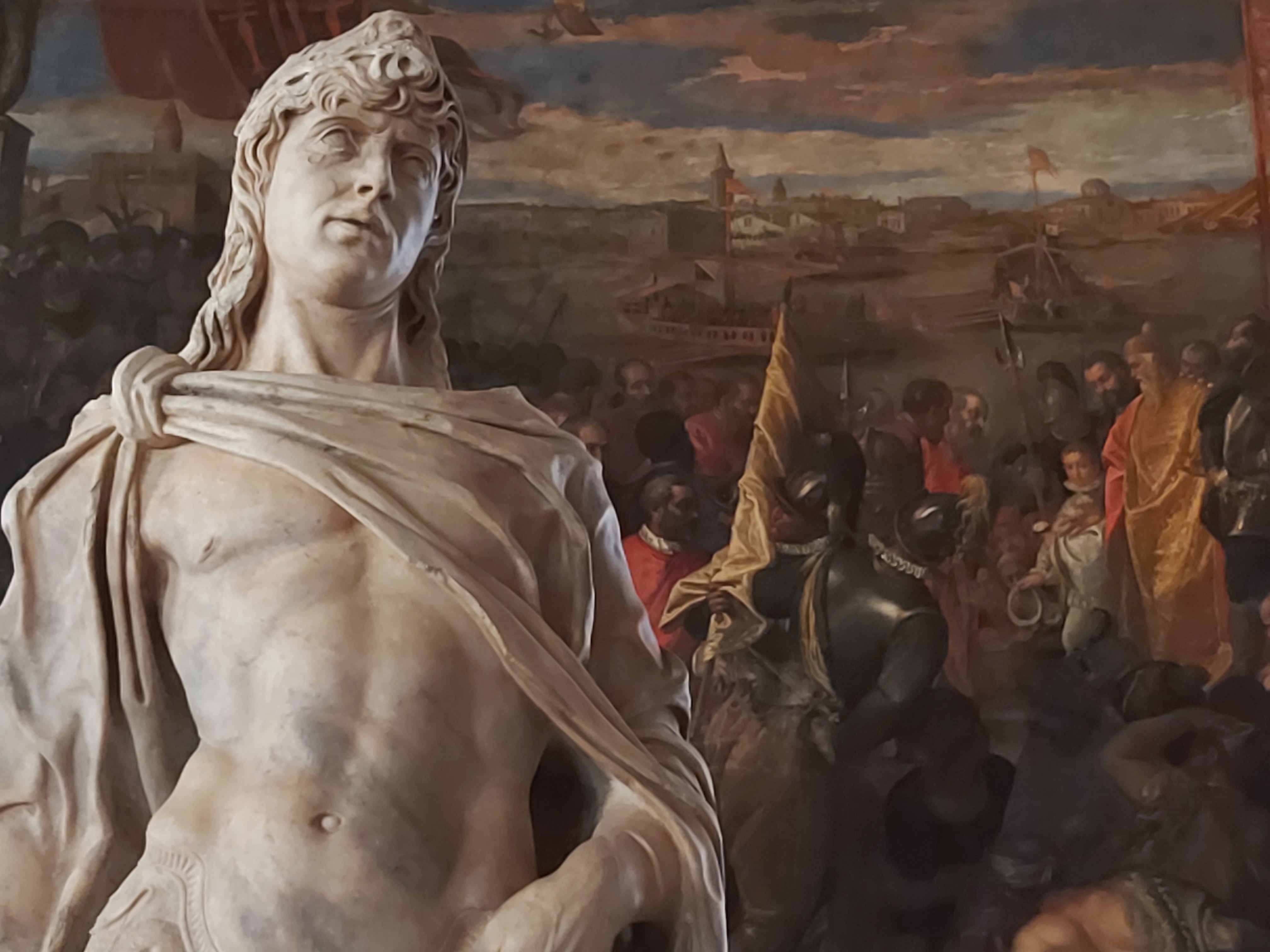
Venice was founded in the 5th century as a Byzantine outpost on a group of islands in a lagoon on the Adriatic Sea, off the northeastern coast of Italy. Over the centuries, it grew into a powerful maritime republic and a major center of trade between Europe and Asia. During the Middle Ages and Renaissance, Venice became a leading cultural and economic power, with a thriving art scene and a unique architectural style. The city declined in the 18th and 19th centuries, but experienced a revival in the 20th century as a popular tourist destination and center for art and culture.
The history of Venice is so vast and intricate that it could fill a library. John Julius Norwich’s “A History of Venice” is a recommendation for anyone who wants to dive much deeper into the history of Venice. Norwich was a renowned historian and a passionate lover of Venice. His book covers everything from Venice’s early origins to its eventual decline.
Key attractions
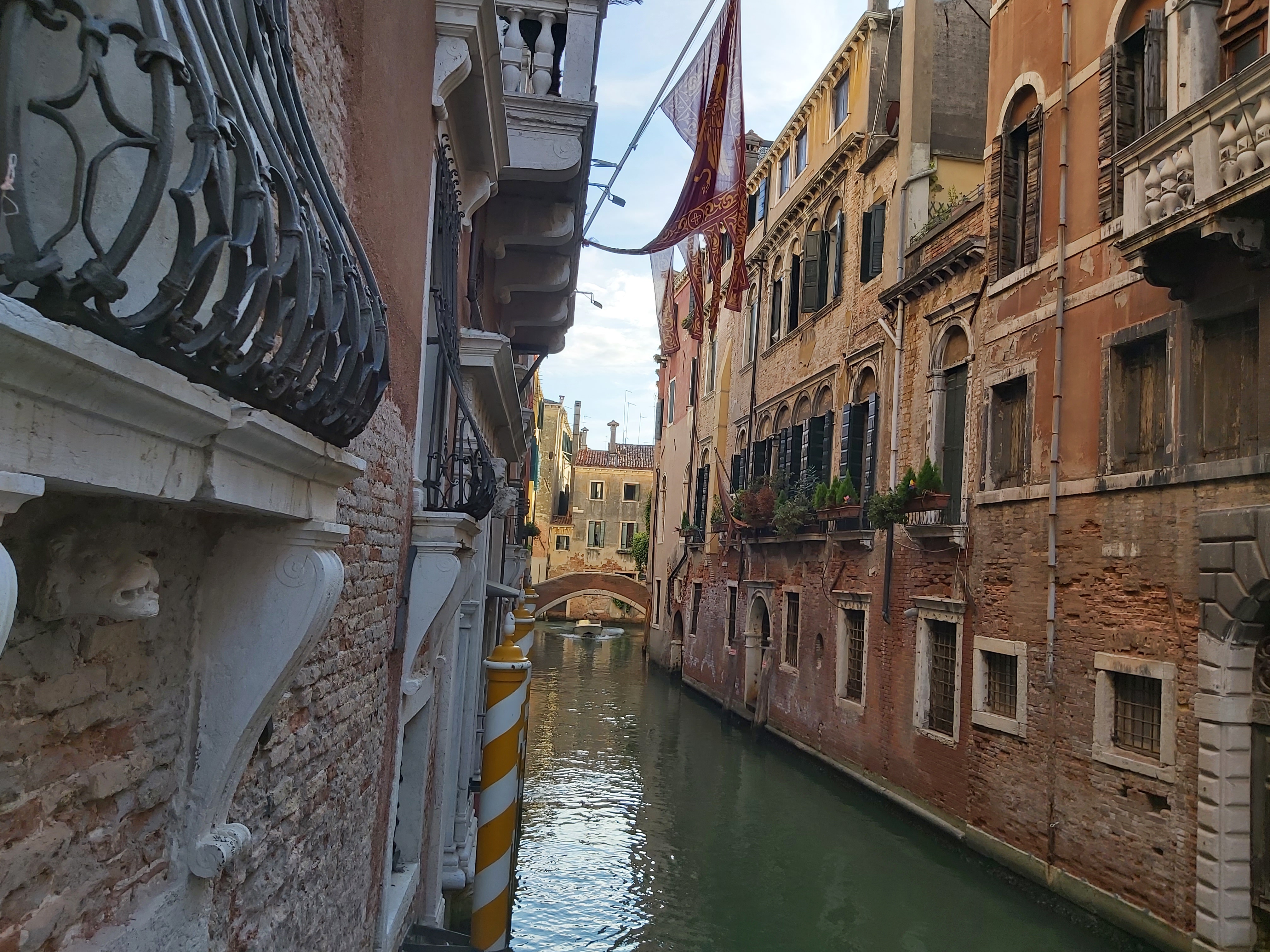
History and Culture
Venice has a rich history and culture that is reflected in its many museums, palaces, and churches. Explore the Doge’s Palace, St. Mark’s Basilica, and the Scuola Grande di San Rocco, among other historic sites. Step in a church and you might find works by some of the greatest artists of all time, such as Titian, Canaletto, and Tintoretto.
Canals and Waterways
Venice is known for its unique network of canals and waterways, which are traversed by gondolas, water taxis, and vaporetti. Visitors can take a leisurely ride along the Grand Canal or explore the smaller canals and alleyways that make up this fascinating city.
No cars!
Venice is a relatively small city that can be easily explored on foot or by boat. The narrow, winding streets and canals make it difficult for cars to navigate, and the city’s unique layout and architecture make it more conducive to pedestrian and water transport. The lack of cars and the presence of canals give Venice a distinctive character and charm that is totally different from other old European cities.
Civilization is, after all, incommunicable. The conditions that created this incredible city did not exist elsewhere and will never exist elsewhere, so you can only appreciate it by visiting.
Places to visit
Just walking around Venice and absorbing its beauty is quite enough, but there are a definitely some landmarks and attractions that need to be seen and enjoyed. They’re famous, so choose your time to visit them. Venice is rightly infamous for being choked with tourists at certain times of the year, but even then you can escape the crowds with a judicious plan of attack. For example, go walk around Saint Mark’s square or over the Rialto Bridge before breakfast at 6am. You’ll find it’s just you and the pigeons. You don’t need to return to those areas until dusk, when the daytrippers have departed.
Venice is very safe. You might get a low-caste Indian or a gypsy trying to sell you a rose or an African giving you a sob story about being stuck in Italy and needing money to escape–escape from Venice indeed!–but there is very little crime or anti-social behaviour. I’ll leave you to wonder why that might be.
Do make sure you see and experience the following when you visit Venice:
Saint Mark’s Square and the Doge’s Palace
Surrounded by impressive historic buildings and famous cafes, Saint Mark’s Square (Piazza San Marco) is a must-see destination in Venice, and the nearby Doge’s Palace, with its magnificent Gothic architecture and art collections, provides a fascinating glimpse into the political and cultural history of the city.
Saint Mark’s Square has been the city’s principal public square since the ninth century when it was created as a small area in front of the original St. Mark’s Basilica. However, the current size and layout of the square, including the Doge’s Palace, Procuratie Vecchie, Procuratie Nuove, and the Campanile, were developed in the late twelfth century and underwent several renovations and additions in the centuries that followed.
Visiting the Doge’s Palace is a must for anyone who wants to truly experience the rich history and art of Venice. Don’t miss the chance to see the magnificent chambers of power and justice, the magnificent works of Titian and Tintoretto, and of course, the legendary Bridge of Sighs. Walking over the bridge, you’ll feel the weight of history and the fate of the prisoners who crossed it before you.
Rialto Bridge and market
The Rialto Bridge, built between 1588 and 1591, is one of the four bridges spanning the Grand Canal. The bridge is a historic architectural landmark in Venice that offers stunning views of the canal and its surrounding buildings. The bridge is made of Istrian stone, a durable white limestone.
While the Rialto Bridge stands strong after over four centuries, it seems that modern city planning has lost sight of the importance of durability and permanence. Many contemporary buildings and structures are designed with a short-term focus, sacrificing longevity for immediate convenience or cost savings. As visitors to Venice, we have the opportunity to appreciate the enduring beauty and stability of structures like the Rialto Bridge, and to consider the importance of incorporating similar values in our own communities.
40 minute walking tours on either side of the Grand Canal
Walking is the best way to explore Venice, and it’s also the most enjoyable. The city is full of winding alleys, hidden bridges, and charming canals. You can easily get lost in the maze of streets, but that’s part of the fun. Venice is like an open-air museum, and the best way to experience it is by walking and taking your time.
If you have a couple of days in Venice, you could split your time to explore the southern and northern side of the Grand Canal. If you’re more limited with time, a walk around the southern side gives you the major landmarks of Saint Mark’s Square, the Rialto Bridge, and the Church of Santa Maria dei Miracoli.
This circular walking tour takes in some of the most historic and picturesque streets in Venice, and allows you to see many of the city’s most famous landmarks.
- Start at Saint Mark’s Square and head east along the waterfront promenade, Riva degli Schiavoni where you’ll pass the Doge’s Palace and the Bridge of Sighs on the left.
- Don’t go too far along the riva. You need to head in and towards Campo San Zaccaria. This square is home to the church of the same name, which contains works by famous Venetian artists such as Giovanni Bellini and Tiepolo.
- Next, head to Campo Santa Maria Formosa, which is a small square with a 16th century church.
- From there, head to Campo dei Santi Giovanni. You’ll find a church in all of these campos or squares.
- Now cross the Ponte de Cavallo and a couple more bridges to get to the Church of Santa Maria dei Miracoli, a beautiful Renaissance church with an intricately decorated facade.
- When you have enjoyed the church and said a prayer that you may one day be lucky enough to visit Venice again, head towards to Campo Santa Marina and then onwards to the Rialto Bridge or Ponte di Rialto. As noted before, the bridge is best enjoyed early. Cross the bridge, if you like, but come back again because we’re sticking to the southern side on this route.
- From the Rialto Bridge, head to Palazzo Contarini del Bovolo. The name “bovolo” means “snail” in Venetian. The palace is so-named because of the external spiral staircase, which visitors can climb.
- Finally, head back to Sain Mark’s Square and enjoy a refreshment suitable to the season at one of the historic coffee shops.
Want more? Why not take a traghetto to explore the northern side of the Grand Canal?
- Start at Campo San Samuele and take the traghetto gondola ferry to cross the Grand Canal.
- Head to the Basilica Santa Maria Gloriosa dei Frari, a Gothic-style brick-built church that’s the biggest in Venice. Construction for the church began in 1250, with additions and expansions over the centuries. Inside, there are works of art by Titian, Donatello, and Bellini.
- From there, head to Campo San Polo and over the Ponte delle Tette (“Bridge of Breasts”). Legend has it that prostitutes would expose their breasts on the bridge as an enticement.
- While you’re this way, look in at the Mercato di Rialto, the fish and vegetable market.
- I don’t want you to walk the next bit. You can enjoy a boat ride along the Grand Canal. Hop on a vaporetto at the Mercato di Rialto stop and head towards Saint Mark’s Square to land at the Salute stop. I mean, you can walk it, but this gives you a chance to enjoy a ride along the most attractive part of the Grand Canal.
- From Salute, head towards Basilica di Santa Maria della Salute at the entrance to the Grand Canal. This grand church was built in the 1600s to celebrate the end of a particularly devastating outbreak of the plague in the city.
- After you have enjoyed the church, take the Dogana traghetto to the southern side. The traghetto drops you off near Harry’s Bar, so it could be a good time to take a refreshing drink inside.
Of course, the best walk is the one where you have no mind where you want to go and you let yourself get lost for few hours, letting Venice discover you.
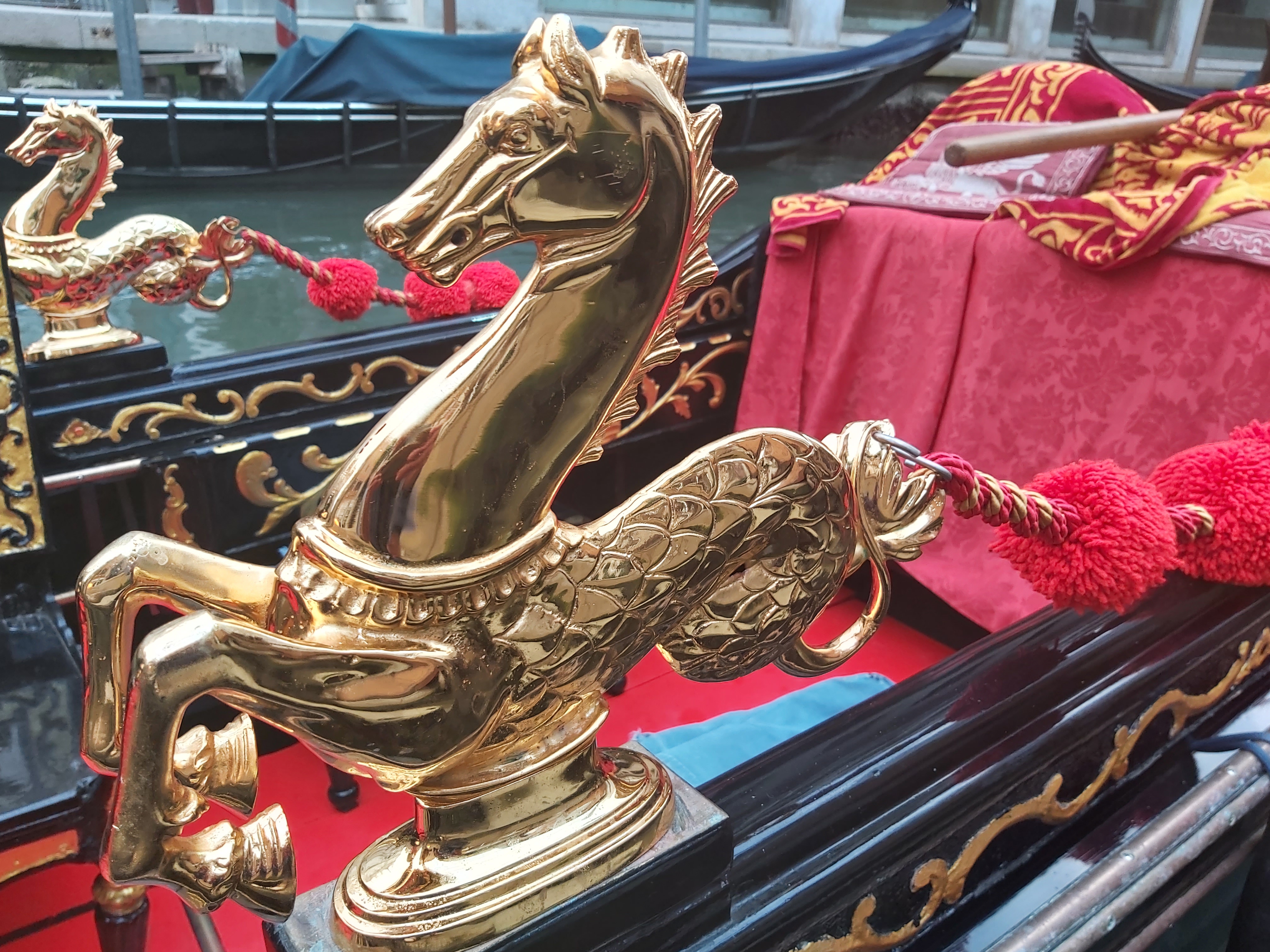
Traghetti - the historic gondola ferries of Venice
Traghetti, or Venetian gondola ferries, have been used since the 11th century to transport people and goods across the Grand Canal and other smaller canals in the city. Today, there are still several traghetti operating in Venice, and they provide an affordable and convenient way to cross the canals without having to use a bridge. Taking a traghetto ride is a unique experience, and offers a bit of living history.
Eating Venice
If you want to savour the real flavour of Venice on a plate, you might not get what you are looking for at the tourist trap restaurants that are staffed by Chinese, Indian and other imported staff. You might, but chances are better at the restaurants staffed by locals with a rootedness to the place, who grew up eating and enjoying the dishes they lovingly prepare.
If you see any of these dishes on the menu, it’s a good sign that you could be in for a treat.
-
Sarde in Saor consists of marinated sardines served with onions, raisins, and pine nuts. It was originally developed as a way to preserve fish and was a favorite among Venetian sailors.
-
Risi e Bisi is a creamy risotto made with fresh peas and pancetta. It was traditionally served on St. Mark’s Day, which celebrates the city’s patron saint, and was once considered a luxury dish reserved for the aristocracy.
-
Bigoli in Salsa is a type of pasta made with whole wheat flour and served with a sauce made from onions, anchovies, and olive oil. It was a popular dish among Venetian merchants in the Middle Ages and is still a staple in many Venetian restaurants today.
-
Fegato alla Veneziana is made with calf’s liver, onions, and white wine. It was traditionally served at weddings and other special occasions. I love this, as I do any offal dishes.
-
Tiramisu is a hugely famous Italian dessert that originated in Veneto, the region of which Venice is the capital. Tiramisu is made with layers of ladyfingers soaked in coffee and layered with a sweet mascarpone cream. It was first created in the 1960s and quickly became a favorite dessert in Venetian restaurants and the world. This pud is rightly deserving of its mention here. Warning: Don’t base your restaurant choice on the presence of tiramisu alone, it’s ubiquitous.
One more thing worth mentioning is the pizza topped with french fries, also known as “pizza con patatine” or “pizza con le patate”. This variation of pizza originated in Rome and has become popular throughout Italy. After the pizza is baked, the french fries are added on top, creating a crispy and salty contrast to the soft texture of the crust and melted cheese. While some food snobs may not be keen on this innovation, many people enjoy trying it out. Personally, I like to have one occasionally, but only from a reputable trattoria.
The traditional coffee houses of Venice
I don’t want to recommend places to eat that might not be in business a year later, but I think I’m safe to mention the traditional cafes of Venice. Caffè Florian is an absolute favourite. Actually, cafe is not the right word. We should call them coffee houses in English, like the old coffee houses of Boswell’s London of the same period. Besides, I always find using the word “cafe” in English to be both pretentious and cheap at the same time, like the word “cuisine”.
Make sure to visit the historic coffee shops in Venice and support their businesses. If we don’t, the world may become filled with chain restaurants like Subway and McDonald’s, leaving us with little choice. Let’s resist the cultural homogenization that comes with commercialization and embrace the unique and authentic experiences that places like these offer.
I never patronise the Venetian coffee house without a shirt and tie. I pay it the respect it deserves and so should you. Enjoy tea in one of the painted salons of these fine coffee houses. Maybe purchase a suspended coffee too. You may be surrounded by slovenly tourists who don’t know how to dress respectfully, but that’s on them.
Angloriam recommends the following coffee shops:
-
Caffè Florian is the oldest cafe in Venice and one of the oldest cafes in continuous operation in the world, having been founded in 1720.
-
Caffè Quadri in Saint Mark’s Square, right next to Caffè Florian, opened in 1775 and is known for its ornate interior and excellent pastries.
-
Caffè Quadri in Saint Mark’s Square, right next to Caffè Florian, opened in 1775 and is known for its ornate interior and excellent pastries.
-
Caffè Lavena, another historic cafe in Saint Mark’s Square, has been serving customers since 1750. It’s famous for its hot chocolate and bellinis, as well as its interior.
-
Caffè degli Specchi is located near Saint Mark’s Square and is known for its elegant decor and excellent coffee. It’s been open since 1861.
-
Caffè Al Todaro is a traditional cafe located in the Castello neighborhood of Venice. It has been open since 1939 and is known for its homemade pastries.
Caffè Florian and Caffè Quadri were both popular destinations for Grand Tourists from England during the 18th and 19th centuries. These cafes became important social and cultural gathering places for travelers, writers, and artists. They offered a place to relax, socialize, and take in the beauty of Venice, which was considered an essential stop on the Grand Tour.
Coffee in Italy can be a mixed bag, actually. Spain suffers a similar thing, I’ve found. Despite both countries having robust – or should that be robusto – coffee cultures, you often get a coffee that can taste bitter or burned. Are they resting on reputation? Scandinavia or Australia is less hit and miss, even merry old England. I’ve found this to be the case in Venice. If you find a place that serves good coffee (or tea) – return!
Enjoying a suspended coffee
Suspended coffee or "caffè sospeso" is a tradition that originated in Naples, Italy, but has also been adopted in Venice and other parts of Italy. The idea is that customers can buy an extra coffee or pastry and "suspend" it, leaving it paid for and available for someone who can't afford a coffee to enjoy later. The tradition of suspended coffee has become a popular practice in many Italian cafes. So if you're in Venice, keep an eye out for cafes that participate in this tradition.
Venice nights
Visiting Venice at night is a unique experience that reveals a different side of the city. With fewer crowds and the city’s stunning architecture illuminated, the history and charm of Venice come to life in a cozy and enchanting way. One of the best areas to explore at night is the Campo de Santi Fillippo e Giacomo and Salizada San Provolo neighborhood. This lively yet peaceful area offers plenty of restaurants, bars, and cafes to enjoy, as well as a beautiful little square to relax and soak in the atmosphere of Venice at night.
If you feel like it, take a walk to Harry’s Bar around 10pm. The bar was founded in 1931 by Giuseppe Cipriani and was designated a national landmark by the Italian government. Its interior has been preserved to maintain its original 1930s ambiance, demonstrating the importance of preserving both exteriors and interiors. Similarly, I strongly applaud efforts to preserve the interiors of historic pubs in Britain.
The mystique of Harry’s Bar comes from its history and association with some of the most famous people of the 20th century. Ernest Hemingway, Truman Capote, and Orson Welles were all regulars at the bar. The bar is also famous for inventing the Bellini cocktail, a mixture of peach puree and sparkling wine. Nothing up with it, but I prefer a good gin and tonic or a negroni. On any given night you might enjoy your drink with an assortment of European decadents, a down-on-his-luck Italian count in white suit perhaps, or a monocle-wearing German colonel with dueling scar on the left cheek (renommierschmiss). At least that’s what I always hope for.
“The charm of Venice is nowhere so great as at night, when the lagoon reflects the starry sky, and the city seems to float on the water like a dream.” John Ruskin (The Stones of Venice)
Taking trips to other islands in the lagoon
If you have the time, take a trip to the other islands in the Venetian lagoon for a change of pace from Venice. One option is the Lido, which was historically a military island but developed as a beach destination in the Victorian era. Today, it’s home to several bathing clubs and historic hotels built in the early 1900s in the Belle Époque style. The Grand Hotel Ausonia & Hungaria is particularly stunning, offering a glimpse into the elegance of the Lido’s past.
For those not interested in beach activities, Murano and Burano are worth a visit. Murano is a cluster of islands famous for its glass-making industry. Despite the decline in popularity of traditional glass-making techniques, many glassmakers still produce unique glass objects using methods developed centuries ago, such as enamelled (smalto), gold-laced (aventurine), and multicoloured (millefiori) glass. It’s a nice experience to watch artisans transform raw materials into beautiful objects of art.
On the other hand, Burano is a charming island with colorful houses dotting its narrow streets. This island was once known for its traditional lace-making, although this craft has dwindled over time. If you’re looking for a peaceful and tranquil retreat, Burano is the perfect place.
While you might think that visiting other islands would give you a better flavor of the Venetian lagoon, you’ll likely appreciate the main island even more when you return.
Venice in the arts
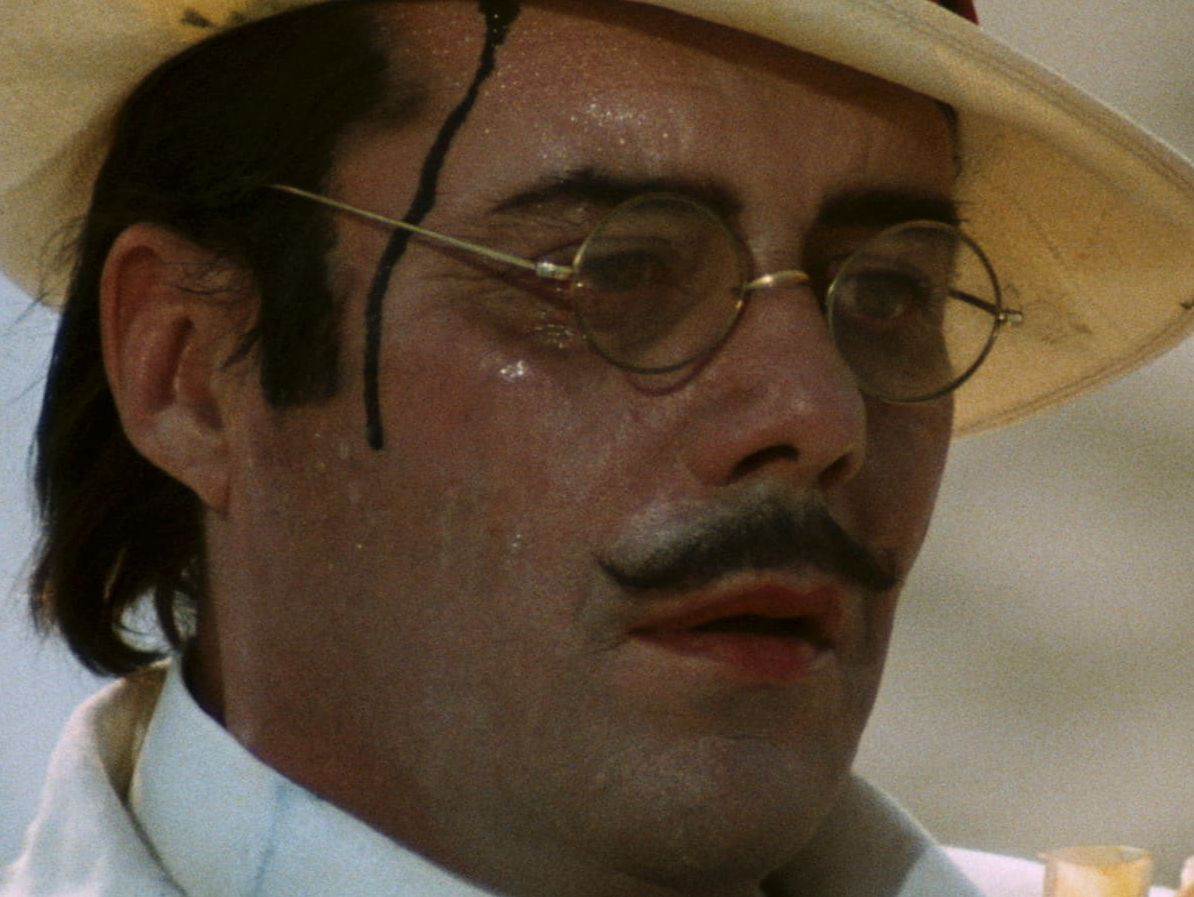
Venice has been a source of inspiration for artists, writers, and musicians for centuries. One of the most famous examples is Thomas Mann’s novel “Death in Venice,” which explores themes of beauty, desire, and decay against the backdrop of the city’s waterways. The novel was later adapted into a film directed by Luchino Visconti. Dirk Bogarde played the lead role of Gustav von Aschenbach, which he regarded as one his greatest challenges.
“Do you know what lies at the bottom of the mainstream? Mediocrity.” Alfred (Death in Venice, 1971)
Venice has also served as a backdrop for numerous other films, including “The Talented Mr. Ripley,” “From Russia with Love”, “Don’t Look Now” and Fellini’s “Casanova”. These films showcase Venice’s stunning architecture and unique atmosphere, with the city’s canals and bridges providing the perfect setting for thrilling chase scenes or romantic interludes.
In the world of music, Venice is perhaps best known for its connection to Antonio Vivaldi, who worked as a composer and conductor at the Ospedale della Pietà. Vivaldi’s works include “The Four Seasons,” which remains popular to this day. Other notable composers with connections to Venice include Claudio Monteverdi and Rondo Veneziano, a chamber orchestra famous for its baroque-style music and playing in Venetian masks.
Finally, Geoffrey Burgon’s “Rain in Venice” is a beautiful and haunting piece of music that perfectly captures the melancholic and romantic atmosphere of the city. You can find the piece on the soundtrack to the 1981 television series “Brideshead Revisited”.
The musical legacy of Ospedale della Pietà
Ospedale della Pietà was a charitable institution in Venice, which was founded in 1203 to care for abandoned children. Over time, it became known for its exceptional music program, which trained young orphaned girls in music. Many of these girls were trained by Antonio Vivaldi, who worked there as a music teacher and composer. The Ospedale della Pietà also housed a conservatory and a theater, where Vivaldi's operas were performed. Today, the Ospedale is no longer functioning as a hospital or conservatory, but parts of the original building still remain and are used for cultural events.
Know more about your trip to Italy
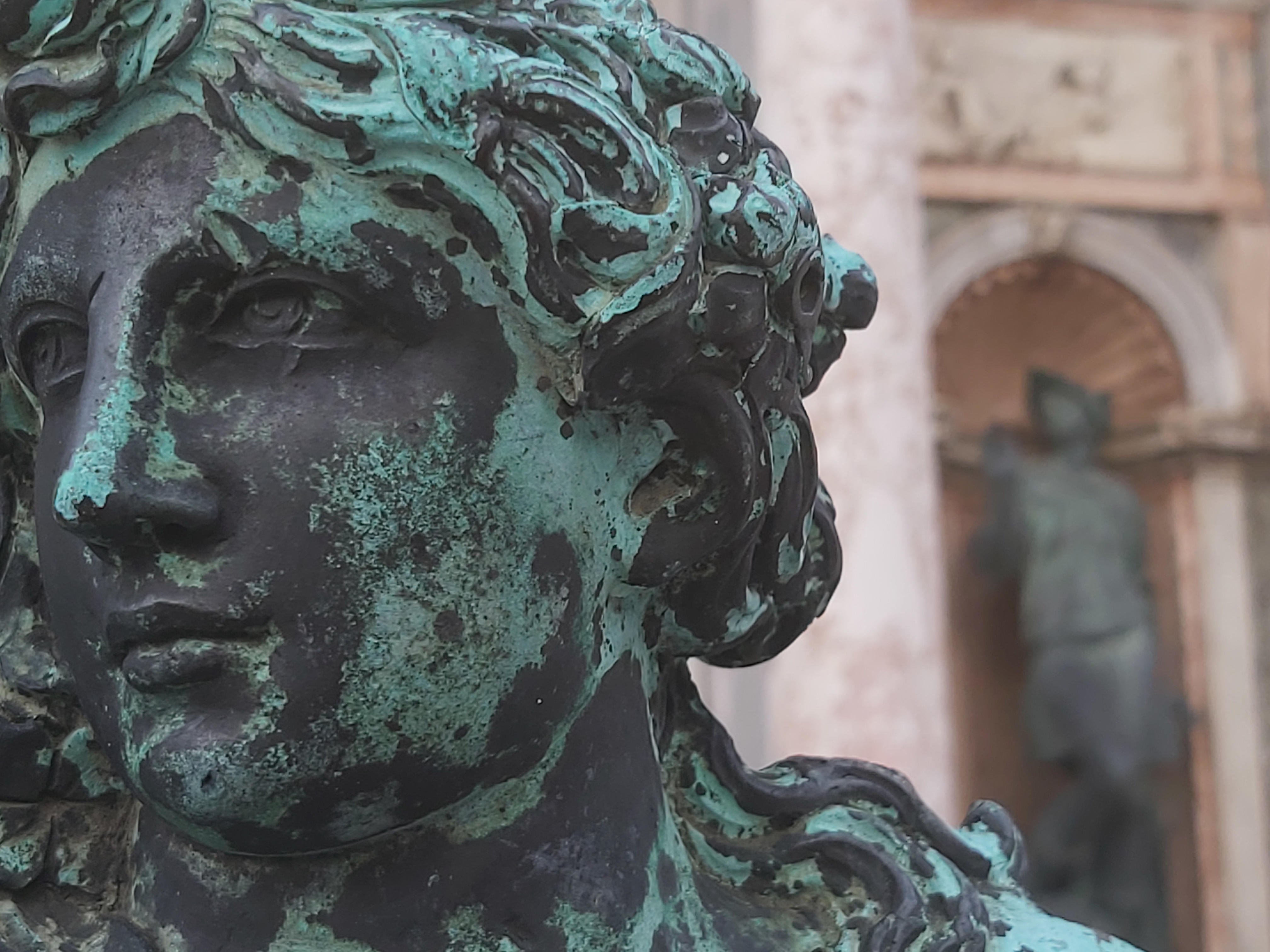
The key events in Italian history include the following:
- Ancient Rome and the Roman empire
- The 14th century Renaissance
- The unification of Italy by Giuseppe Garibaldi in the latter part of the 19th century
- The rise of fascism and Benito Mussolini in the 20th century
To learn more about these key events, I would recommend the following books:
- “The Roman Revolution” by Ronald Syme
- “The Civilization of the Renaissance in Italy” by Jacob Burckhardt
- “The Risorgimento and the Unification of Italy” by Derek Beales
- “Mussolini: The Rise and Fall of Il Duce” by Christopher Hibbert
Venice status: thrilling city
Venice has always been a city of escape and discovery. Throughout history, artists, writers, and thinkers have come to Venice seeking inspiration and a break from the mundane. Lord Byron swam in the canals, Wagner composed music, and Hemingway drank in the bars. But Venice can also be a place to find oneself. The narrow alleys and hidden corners offer a sense of anonymity and freedom.
Whether you’re escaping or searching, Venice has something to offer. The city can transport you to another time and place. The beauty of the canals and the art on display can inspire creativity and imagination.
The idea of Venice being too crowded and clichéd doesn’t make sense when you’re actually there, its beauty overtakes all other thoughts. Take the time to explore the lesser-known corners of the city and immerse yourself in the Venetian way of life. Who knows what you might find?

